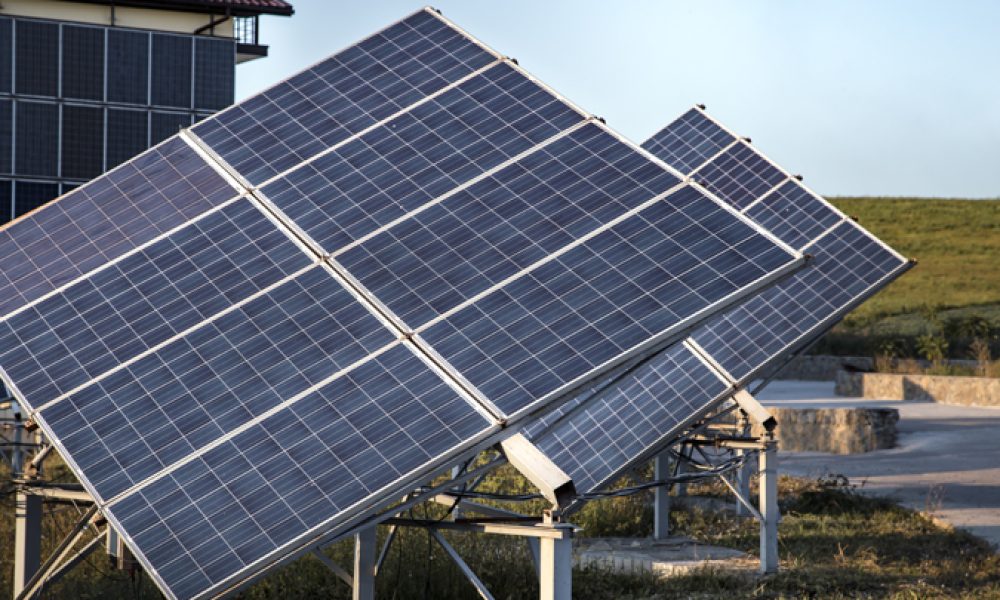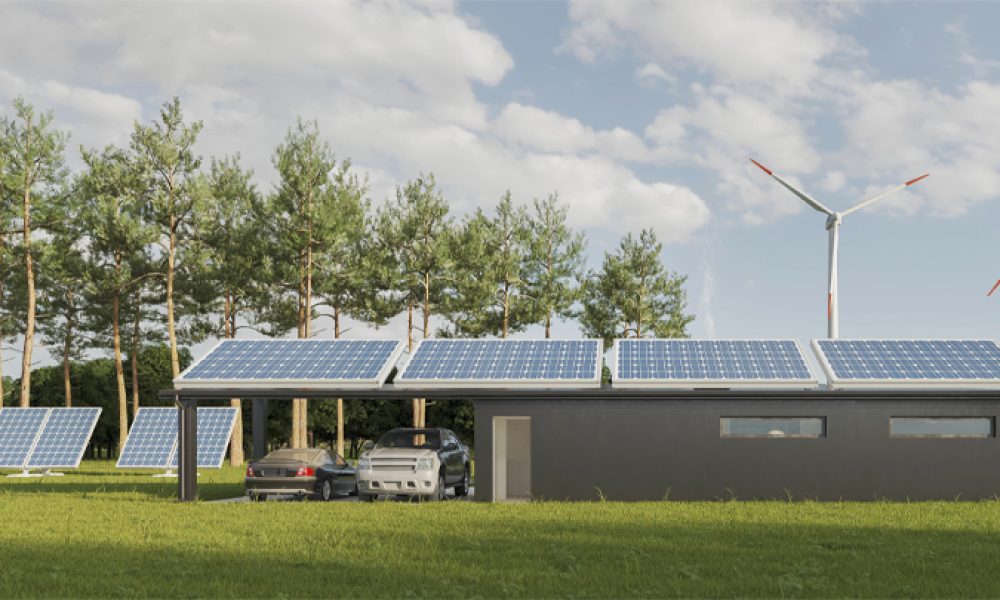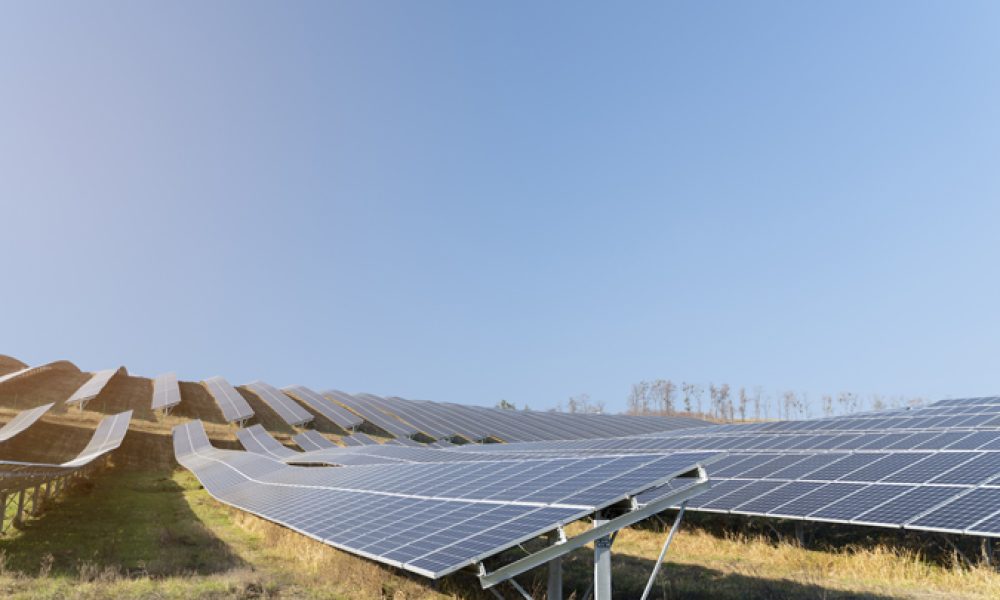The heat and light we obtain from the sun are necessary for all living organisms to sustain life. But it wasn’t until a few centuries back that we discovered a way to generate renewable energy from the sun’s rays. Today, it has become a revolutionary concept worldwide, especially in the Indian state of Kerala.
Although this concept is not new to us, until recent times, we have been under the idea that this energy is quite expensive and, thus, inaccessible to the common man. But recent developments indicate that this is not true. This blog discusses the solar power system in detail and the rewarding benefits you can reap by installing a solar power system in your homes. Read on to know more.
The Two Types of Solar Power Systems
1- Off-Grid Solar Power System
The off-grid solar power system refers to that which comes with a backup battery. In Kerala, until a few years back, there was the persisting issue of load shedding. Hence, this system was more useful at the time. However, as an off-grid system has the battery concept, some additional factors come along, like annual battery maintenance and battery replacement after 5-6 years. So, it is costlier compared to the on-grid system.
2- On-Grid Solar Power System
An on-grid solar power system generates energy directly from the sun without any battery backup. This system is more prevalent in Kerala today as it is more financially profitable than the off-grid system.
How Is a Solar Power System Installed in Your Home?

Solar System in Kerala
Installation
To install a solar power plant, you have to first choose a reputable solar company that will guide you throughout the process. You can also contact KSEB (Kerala State Electricity Board) or ANERT (Agency for Non-conventional Energy and Rural Technology) in Kerala for information.
After deciding on a company, the next thing is to decide the capacity of the solar power system you need. This depends on your energy consumption. For instance, if your electricity bill is around 4000 INR every two months, you would need a system of 3 kilowatts. Next, you must apply at KSEB and get permission for installation. It takes around two months to get the documentation and insulation procedures done.
Quality Assurance
The solar energy company has to pass a factory acceptance test on the solar panel. This is to ensure that the customer receives the best product. Additionally, KSEB insists on a proper procedure for insulation practices. So, before the solar subsidy is granted for installation, KSEB conducts an inspection to verify the quality of the product. Since this subsidy is received by the company and not the customer, it is the company’s requirement to assure quality.
Components
The solar power system consists of two components: the panels and the inverter. The panels which are installed on the rooftop generate DC current. But the current in use inside the house is AC. So, the inverter is installed to convert the DC to AC.
In this process, the DC from the solar panel goes to a safety device, which then makes its way to the inverter. Finally, the inverter converts the current to AC and sends it to the grid, i.e., to the panel board inside the house.
Use
In the on-grid system, the current produced on the solar panel is used directly. Since we receive solar energy during the daytime, this energy is exhausted directly during the day. If at all, the daytime use is minimal, the extra energy that remains flows toward the main source of KSEB.
Generally, in a house without a solar power system, a unidirectional meter exists to measure the current that comes from KSEB to the house. However, after a solar power system is installed, KSEB installs a bidirectional meter. This also measures the extra current sent to KSEB after the daytime use inside the house grid. The current sent from KSEB to the house grid (for nighttime use) is called import, in this case, and that sent to KSEB as extra current is called export.
Monitoring
The solar power system has a facility called remote monitoring that allows you to access energy generation data through WiFi or an internet connection at your home. This data, available to both the customer and the solar company, updates every 15 minutes. So, if the system doesn’t work or the production is quite low someday, the customer and the company can recognize this quickly.
How Is the Solar Energy Alternative Financially Beneficial To The Common Man?

Solar Energy System at Home / Office
Subsidy
A typical house in Kerala requires a solar power system of 3 kilowatts, which costs around 1,90,000 INR. The Central Government provides a subsidy of 57,000 INR on this cost through KSEB. This system is profitable for a customer who spends around 5000 INR per month on electricity as they get back the investment in less than 30 months.
Additionally, it is to be noted that the customer doesn’t have to toil to collect the subsidy. Once KSEB approves the installation, the subsidy is sent to the solar company directly, and the customer has to only pay the remaining amount. Considering the fact that the electricity tariff is increasing and solar energy cost is decreasing with time, naturally, it is the more beneficial option for customers.
Solar Rooftop Portal – Kerala State Electricity Board
Loan
Banks that provide housing loans like SBI, Bank of Baroda, Union Bank, HDFC Bank and several cooperative banks provide loans for solar installation. This is in accordance with the solar subsidy plan. These loans are given as a top-up to customers with an existing housing loan from the bank.
Maintenance
The beauty of solar is that this system has no chemical reactions or moving parts, unlike other equipment. Furthermore, the solar power system has a long lifespan. Most solar power systems come with a warranty of 25 years, with some extending to 30 years. Additionally, the inverters have a warranty of 5 years. Finally, the entire solar power plant itself has a service guarantee for 5 years. So, in a general sense, it is maintenance-free.
The only risk factors are factors like lightning issues. But the companies provide all kinds of security measures like lightning arrestors and surge protection devices to thwart these issues.
Income Source
As mentioned earlier, the extra current from generation is sent to KSEB. While calculating the electricity bill, both the import and export currents are measured in the meter. If the export is higher than the import in a month, then the respective amount after the calculation is provided by the KSEB to the customer, and vice versa. So, many customers install solar power systems to earn an income.
Even if no extra current is left, the cost difference in energy consumption is quite huge. This is because, on average, a customer saves about 5000 INR per month on energy by installing a solar power system.
Free Travel
Once you install a solar power system in your house to run an electric vehicle, you can drive it free of cost for all time. Let’s do the Math. An electric vehicle costs about 15 L, while a solar power system to support it would cost about 5 L. So, by spending 20 L, you can drive your vehicle free of cost anywhere. This is extremely rewarding at a time when fuel prices are hiking with time. It is even more appealing that this technology is also applicable to induction cooking.
How Is the Existing Solar Energy Tech In India Different From The Advanced Tech?

Solar System Technology
Immerse yourself in the mesmerizing beauty of Meenmutty Falls, a three-tiered waterfall nestled amidst the lush greenery of Wayanad. Trek through the verdant forests and rocky terrains to reach the cascading falls, where the water gushes down from a height, creating a magnificent spectacle. The sight and sound of the roaring falls surrounded by pristine nature make Meenmutty Falls a captivating attraction for visitors.
The Central Government insists on one condition for subsidy provision that it would be available only for solar panels and solar cells manufactured in India. But what exactly is the difference between the existing tech and the advanced tech?
The only difference is that there is an efficiency associated with the accommodation area of installation. To install a 3-kilowatt system, as per existing tech, you need an area of around 300 sq. ft., whereas the new system can be accommodated in about 280 to 285 sq. ft. area. This doesn’t make much difference on a rooftop. But the customer suffers a financial loss for this incremental efficiency difference that results in the same energy output. So, undoubtedly, the existing system is 100% financially and functionally secure.
Conclusion
In a nutshell, solar energy is the solution to energy exhaustion that will become prominent on our planet soon. Not only is this a renewable and hence, permanent solution, but it is also financially rewarding to users. We sincerely hope this helped!